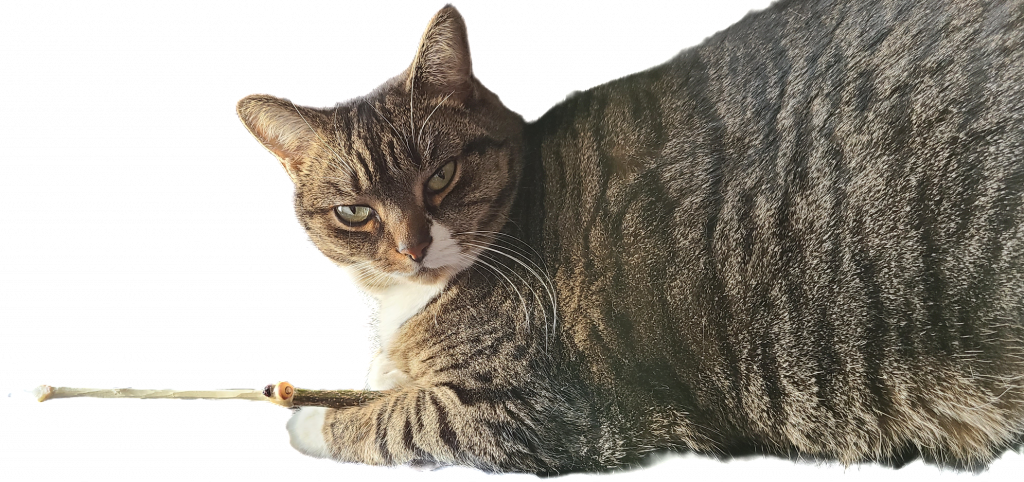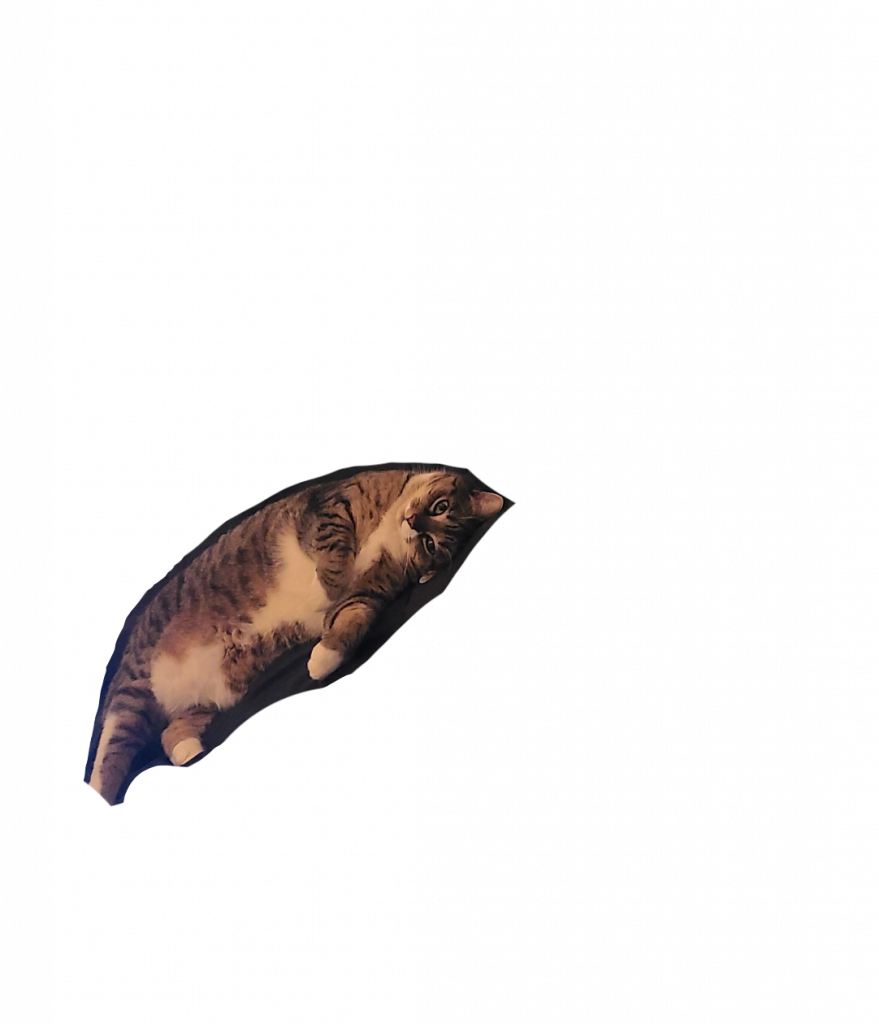Your cart is currently empty!
History
A rich and diverse past
Magic wands and similar items have been integral to various cultural traditions and historical periods, often symbolizing authority, spiritual power, and magical potential. These objects, varying from wands and staffs to rods and sceptres, serve multiple purposes, including ritualistic tools, symbols of office, and conduits of supernatural forces.

Opening the door to “other”
Regardless of one’s personal beliefs about magic or its effectiveness, everyone has the right to their own spiritual practices and traditions. The long history of humanity, from shamans to various forms of mysticism, and everything in between, illustrates the enduring human need for a connection to something beyond the ordinary.
Ancient Egypt
Ancient Egyptian wands, sometimes called “magic rods” or “magic wands,” were primarily used for protection, particularly for the living and the dead. They were often crafted from ivory or wood and featured carvings of various protective deities or symbols. The wands were used in magical rites to cast circles of protection, ward off harmful entities, or invoke the favour of protective deities. They were especially common in funerary contexts, where they were placed in tombs to safeguard the deceased in the afterlife.
Staffs (Staves): In ancient Egypt, staffs were symbols of authority and power, commonly associated with gods, pharaohs, and high-ranking officials. The staff was not only a physical support but also a symbol of the bearer’s ability to control and govern. For example, the “heka” staff, which had a crook shape, was associated with rulership and was often depicted in the hands of pharaohs and deities, signifying their dominion and pastoral role over the people and the land.
Sceptres: The sceptre was a significant symbol in ancient Egyptian iconography, representing authority and sovereignty. Several types of sceptres were used, each with its specific symbolism:
- The Was sceptre: Symbolizing power and dominion, this sceptre featured a straight shaft with a stylized animal head, often a canine or a mythical creature, and a forked base. It was carried by gods, kings, and sometimes high-ranking officials, symbolizing their control and influence.
- The Sekhem sceptre: Associated with the concept of power or might, the Sekhem sceptre had a flat, elongated head and was often depicted in the hands of deities or the king, especially in contexts where they were demonstrating their ability to command or enact divine will.
- The Djed pillar: While not a sceptre in the traditional sense, the Djed pillar is worth mentioning as it symbolized stability and was often incorporated into the design of sceptres or other ceremonial objects. It represented the backbone of the god Osiris and was a potent symbol of resurrection, continuity, and the enduring nature of the cosmos.
These objects were not only ceremonial but also deeply symbolic, representing the intertwining of divine authority, magical protection, and the cosmic order in ancient Egyptian culture. Their use in various rituals, whether in temples, royal courts, or funerary practices, underscored their importance in connecting the earthly realm with the divine and ensuring the balance and prosperity of the kingdom.
Celtic traditions
Druidic Wands and Staffs: Druids, the priestly class in ancient Celtic societies, were said to use wands and staffs made from various sacred trees. Each tree species was associated with different magical properties and seasonal festivals. For example, oak was considered the most sacred tree, symbolizing strength, stability, and protection. Yew was associated with death and rebirth, making it significant for transformational magic. Ash was linked to healing and was believed to bridge the world of man and the supernatural.
Material and Construction: The materials for wands and staffs were carefully chosen based on their intended use and the properties of the tree from which they were made. The crafting of these items was itself a ritual process, often involving specific prayers or chants and being done at particular times, such as under certain moon phases or during specific festivals, to imbue them with the desired energies.
Uses in Rituals and Ceremonies: Celtic wands and staffs were used in various rites and ceremonies. They could direct magical energies, protect spaces, and invoke the deities or natural spirits. The staff, in particular, was a symbol of authority and wisdom, often used to delineate sacred spaces or lead ritual processions.
Symbolism and Mythology: Celtic mythology is replete with instances where wands and staffs play crucial roles. For example, in some tales, magical wands could control the weather, heal the sick, or transform reality. These stories underscore the belief in the potent magical agency of such objects.
Connection to Nature: The Celtic tradition’s deep reverence for nature is reflected in the use of natural materials and the belief in the inherent power of trees and wood. This connection to nature was integral to the druids’ cosmology, with wands and staffs serving as bridges between the human and natural worlds, facilitating harmony and communication.
Variations Across Celtic Lands: While the core beliefs and practices were similar, specific attributes and uses of wands and staffs could vary among the different Celtic tribes and regions, influenced by local traditions, flora, and historical experiences.
In essence, wands, staffs, and sceptres in Celtic traditions were more than tools; they were potent symbols of connection, transformation, and power, deeply rooted in the natural world and the intricate tapestry of Celtic spirituality and culture.
European Witchcraft and Wizardry
In European witchcraft and wizardry traditions, wands, staffs, and sceptres are not just tools but powerful symbols and instruments for channeling magical energy. These items have evolved through various cultural contexts, embodying different aspects of European folklore, mysticism, and the esoteric practices.
Wands in European Witchcraft: Traditionally, wands in European witchcraft are slender, straight branches or rods used to direct magical energy, cast spells, or create magical boundaries. They are often made from wood but can also be fashioned from metal or bone. The choice of material is significant and usually corresponds to specific magical properties or intentions. For example, a wand made from hawthorn wood might be used for protection or purification, while an oak wand could be employed for strength and stability.
Staffs in European Traditions: Staffs, being larger than wands, are seen as more potent and often used in rites requiring substantial energy direction or manipulation. They can represent authority and wisdom, serving as an extension of the practitioner’s will and a powerful tool for commanding spirits, casting circles, or channeling forces. Like wands, staffs are typically made from wood and chosen for their specific qualities or associations with certain types of magic.
Sceptres and Rods: Sceptres and rods in European magical traditions carry a sense of formal authority and are often associated with ceremonial magic rather than the folk practices linked to wands and staffs. They might be used to represent divine power or to symbolize office during ritual enactments and are often elaborately decorated or inscribed with symbols to amplify their power.
Symbolic and Practical Uses: Beyond their functional role in directing energy, wands, staffs, and sceptres also hold deep symbolic meaning, often representing the practitioner’s personal power and their mastery over magical forces. They can be tools for focusing intention, invoking deities or spirits, drawing magical symbols or sigils, or directing the forces summoned during a ritual.
Cultural Variations: The traditions surrounding these tools can vary significantly across Europe, influenced by local folklore, historical witch trials, and regional magical practices. For instance, Norse traditions have their own set of magical staves known as Galdrastafir, imbued with specific symbols and meanings.
Hinduism
In Hinduism, the use of wands, staffs, and sceptres is deeply intertwined with various aspects of religious and spiritual practices.
These items are not just symbolic artifacts but are considered to hold divine power and significance, serving as conduits for divine energy, symbols of philosophical principles, and tools for ritualistic practices. Their use and interpretation can vary widely across different Hindu traditions, sects, and regions, reflecting the rich and diverse tapestry of Hindu spiritual and religious life.
Classical Antiquity
In Classical Antiquity, encompassing both Greek and Roman cultures, wands, staffs, and sceptres held significant symbolic and practical roles, often associated with gods, rulers, and various professionals.
These items were not only ceremonial but also imbued with mythological and cultural meanings. These items were deeply woven into the fabric of society, reflecting and reinforcing the cultural values, religious beliefs, and social hierarchies of the time. They were not mere accessories but potent symbols of power, divinity, and order.
East Asian Practices
While East Asian traditions may not use “wands” in the exact sense that Western magical practices might, they do utilize various wand-like tools in their spiritual and religious rites. These tools serve to focus intention, manipulate energy, and maintain harmony, embodying a range of cultural beliefs and practices that highlight the interconnection of the material and spiritual worlds.
For example, dorje in Tibetan practices is a ritual object that symbolizes indestructibility and irresistible force, akin to a diamond or a thunderbolt. While it is more often a short, club-like object than a wand, its use in directing spiritual energy and intention during rituals.
modern esoteric practices
In modern esoteric practices, wands hold a place of significance as tools for directing energy, performing rituals, and symbolizing various magical and mystical concepts. These practices, drawing from a variety of historical traditions and contemporary metaphysical beliefs, view wands as potent instruments for the practitioner’s will and intent.
- Material and Craftsmanship: Modern esoteric practitioners often select wand materials for their specific energetic properties. Wood remains a popular choice, with different species believed to carry distinct vibrations and affinities (e.g., willow for moon magic, oak for strength and protection). Other practitioners might choose crystals, metals, or a combination of materials, each adding a different dimension to the wand’s use and symbolism. The process of making a wand can be as significant as its use, with many practitioners choosing to handcraft their tools to infuse them with personal energy and intent.
- Design and Decoration: Modern wands can vary widely in design, from simple, natural branches to elaborate, artfully crafted objects adorned with symbols, gemstones, and carvings. These decorations are not merely aesthetic; they serve to align the wand with specific energies, intentions, or spiritual entities. Some wands might feature astrological symbols, runes, or sigils, each chosen to amplify the wand’s effectiveness in particular types of magic.
- Ritual Use: In ritual contexts, wands are used to cast circles, channel energy, invoke entities, and direct magical forces. They can serve as an extension of the practitioner’s will, focusing and projecting energy towards a desired outcome. In group rituals, the person holding the wand may assume a leadership role, using the wand to guide the ceremony’s energy and focus the participants’ collective intent.
- Diverse Traditions: Modern esotericism encompasses a wide range of traditions, each with its own perspectives on wands. In Wicca and other neopagan paths, wands correspond to the element of air (or sometimes fire, depending on the tradition) and are used in invoking deities, casting spells, and directing natural energies. In ceremonial magic, wands might be employed in more structured rituals, often corresponding to specific hierarchies of beings or cosmic forces.
- Personal Connection: Many contemporary practitioners believe that a wand becomes more potent when its user forms a deep, personal connection with it. This connection is fostered through meditation, ritual use, and by carrying or storing the wand in a sacred space. Some traditions also hold that wands can be “awakened” or consecrated through specific rituals, aligning them more closely with the practitioner’s energy.
- Healing and Energy Work: Beyond their use in ritual magic, wands are also employed in various forms of energy healing and spiritual work. Crystal wands, in particular, are used to direct healing energies, clear blockages, and balance chakras, drawing on the perceived therapeutic properties of different stones.
In modern esoteric practices, wands are versatile and deeply personal tools, reflecting the broad spectrum of contemporary magical and mystical thought. They encapsulate the individual’s journey within the wider context of historical traditions and the universal search for knowledge and connection.
Is this all made up or is there real magic here?
Well! That is a great question! I guess that is up to each individual to decide for themselves! We at Hollywands are of the opinion that there is more to this world than humans have fully grasped, and somewhere in between the power of intention, placebos, and the reality that all things are made of an identical underlying identical “substance”, it seems safe to say that “Everything is a part of IT”… anything more than that, and we would be entering the realm of faith…


~Love thyself!~
there is a reason that throughout history humans have performed rituals and offerings to the gods and to the nature spirits and elemental forces, and one of those reasons is that it helps us feel connected, and that, the feeling of being a part of something greater, something meaningful, with a plan and our best interest at heart, well, that is objectively beneficial to the human heart, mind, and body!
